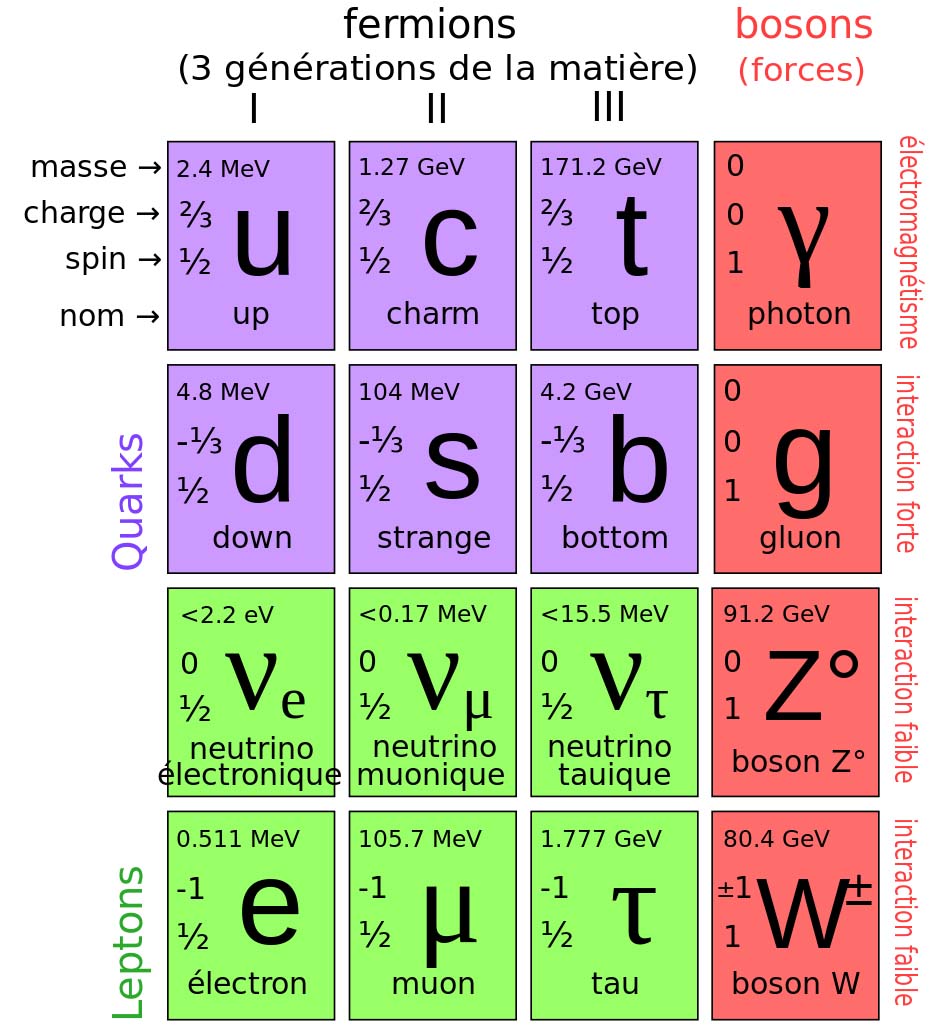Register now or log in to join your professional community.

Matter particles are split into two groups: quarks and leptons – there are six of these, each with a corresponding partner.
Leptons are divided into three pairs. Each pair has an elementary particle with a charge and one with no charge – one that is much lighter and extremely difficult to detect. The lightest of these pairs is the electron and electron-neutrino.

There are two types of particles of nature - fermions and bosons. The matter that makes up the objects around us is made of fermions. Fermions are particles of spin 1/2 full, say asocial, in other words they refuse to reduce their living space, this is why the matter is not compressible and that we can walk on the floor. By cons the bosons are particles with integer spin that these are social. They like to mix as the light mixes with the light it is composed of photons, which are bosons. The Standard Model describes with success, three of the four fundamental interactions: the strong interaction, the weak interaction and electromagnetic interaction. The table of particles contains 12 particles elementary (fermions) classified into three generations of matter, the matter around us is part of the first generation. The 12 elementary particles of matter are six quarks (up, charm, top, Down, Strange, Bottom) 3 electrons (electron, muon, tau) and three neutrinos (e, muon, tau). Four of these elementary particles would suffice in principle to build the world around us: the up and down quarks, the electron and the electron neutrino. Others are unstable and decay to reach these four particles. Bosons are the messengers that transmit information of different interactions (forces). The photon is the mediator particle of the electromagnetic interaction. The gluon is the messenger of the strong nuclear interaction by structuring the matter. They confine the quarks together by binding strongly. The Z0 boson is one of the gauge bosons of the weak interaction, is the carrier particle of the weak interaction, the other being the boson W ± which presents in two opposite electric charges states.


Thanks for invitation, I echo the answer provided by Mr. Hatim.

Thank you for the invitation
Agreed with colleagues
With greetings and appreciation

Thank you for the invitation
Thanks for the useful and valuable answer and greeting to all

Thank you for the invitation
Agreed with the answer of brother engineers
God bless



